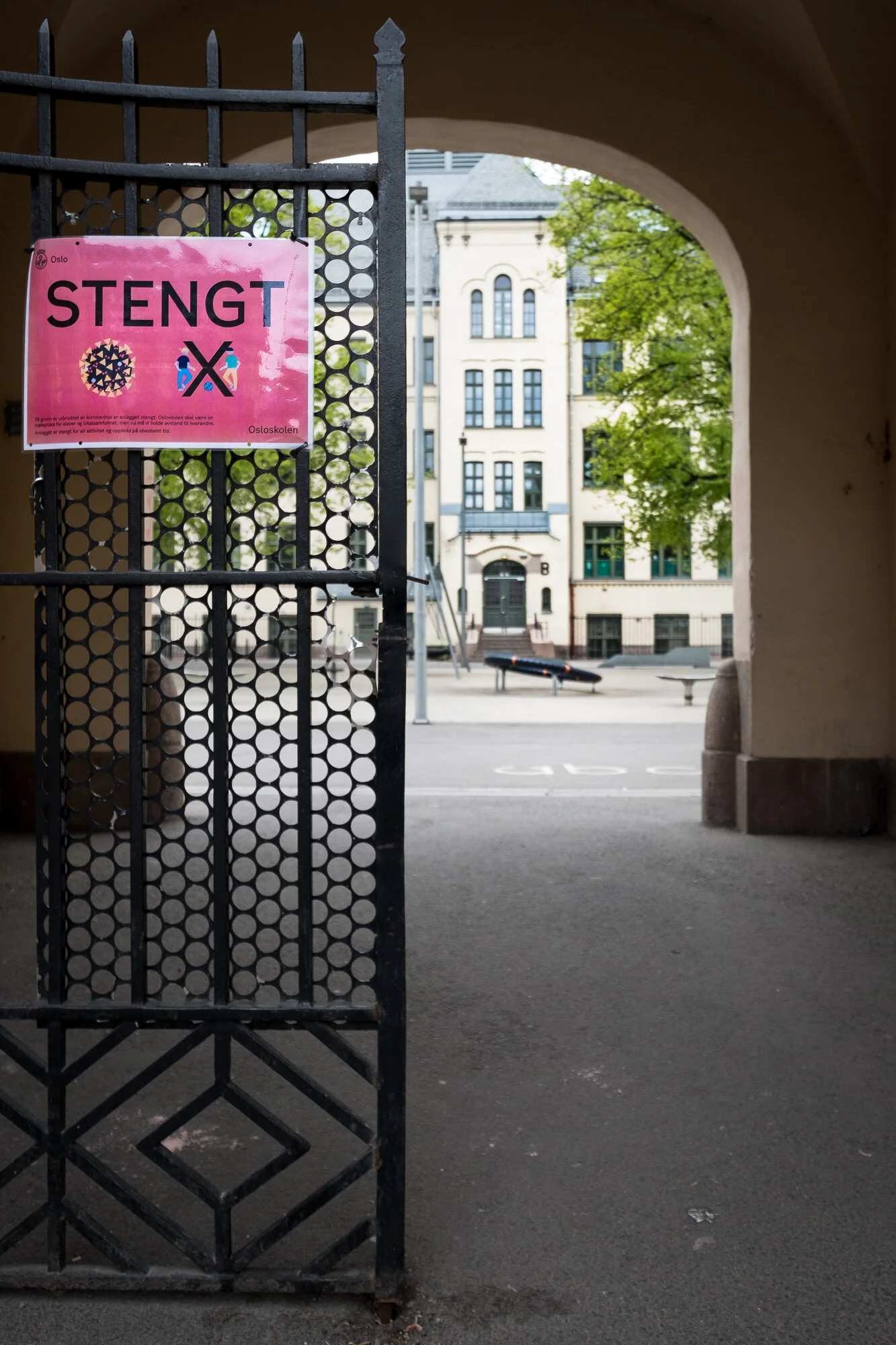Urban Archetypes promotes the (re)development of urban areas to create more vibrant, sustainable, resilient, and equitable communities. We research and advocate political strategies, economic policies, and community tactics for (re)inventing city life to improve the quality of life and the well-being of its inhabitants.












